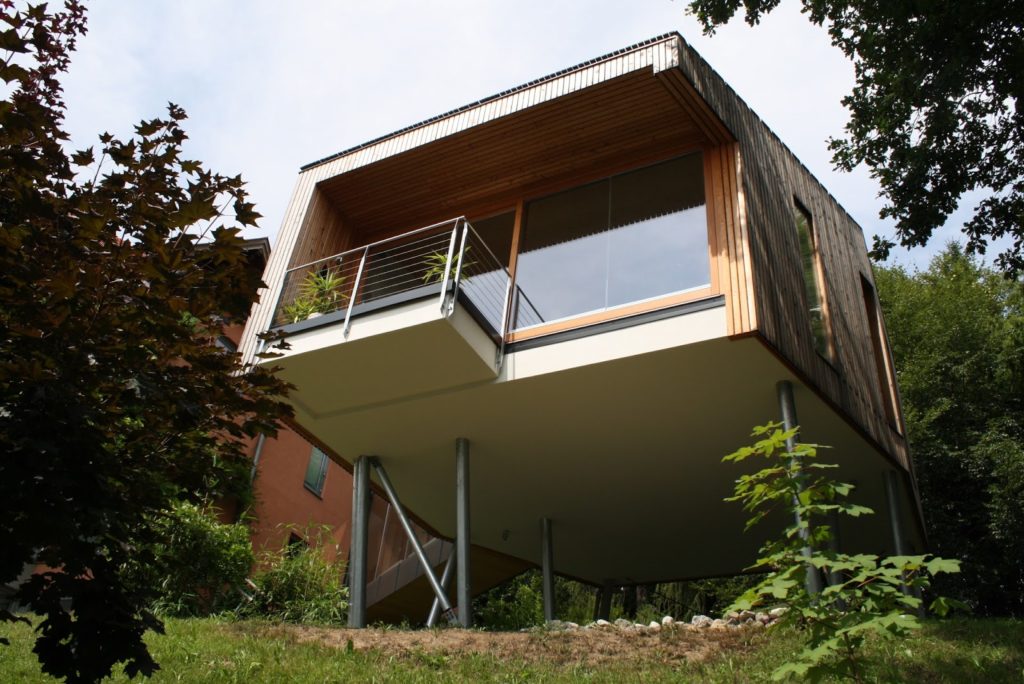There has been a growing interest in sustainable living and environmentally friendly practices in recent years. One significant aspect of this movement is using natural materials in construction, which reduces the environmental impact and promotes healthier living spaces. In this blog post, we will explore the benefits of using natural materials for building your home and provide essential tips to help you embark on your journey toward sustainable construction.
1. Understanding Natural Materials
Natural materials, such as wood, stone, bamboo, and clay, have been used in construction for centuries. They are renewable, biodegradable, and have a lower carbon footprint compared to synthetic materials. By utilizing these materials, you can create a home that blends harmoniously with the environment while minimizing the use of non-renewable resources.
2. Choosing the Right Natural Materials
When selecting natural materials for your home, consider factors such as durability, local availability, and sustainability. Opt for certified sustainably sourced wood, reclaimed materials, or locally available stone and clay. These choices not only support local economies but also reduce the environmental impact associated with long transportation distances.
3. Incorporating Passive Design Strategies
Utilize the inherent properties of natural materials to maximize energy efficiency in your home. For example, using thick, insulating walls made of natural materials can help regulate indoor temperature, reducing the need for excessive heating or cooling. Design features like large windows for natural lighting and cross-ventilation can further enhance energy efficiency and create a comfortable living environment.
4. Harnessing the Power of Natural Energy

Consider integrating renewable energy systems into your home design. Solar panels, wind turbines, or geothermal heating and cooling systems can help you generate clean energy, reducing your reliance on fossil fuels. By combining natural materials with sustainable energy solutions, you can create a truly eco-friendly and self-sufficient home.
5. Engaging Skilled Professionals
When embarking on a project involving natural materials, it is crucial to work with architects, contractors, and craftsmen experienced in sustainable construction. Their expertise will ensure proper installation, effective use of materials, and adherence to green building standards. Collaborating with professionals who share your vision for sustainable living is essential for a successful and environmentally conscious home construction project.
6. Prioritizing Water Efficiency
Incorporate water-saving features into your home design. Install low-flow fixtures, such as faucets and showerheads, and consider implementing rainwater harvesting systems for irrigation purposes. Designing your landscape with native, drought-tolerant plants can also minimize water usage and maintenance requirements.
7. Embracing Natural Ventilation and Lighting
Take advantage of natural ventilation and lighting in your home design. Strategically position windows and openings to allow for cross ventilation and maximize the entry of natural light. This reduces the need for artificial lighting and mechanical ventilation, promoting energy efficiency and creating a more comfortable and healthy indoor environment.
Constructing your home with natural materials is a significant step towards sustainability. By utilizing renewable resources, minimizing environmental impact, maximizing energy efficiency, prioritizing water efficiency, and embracing natural ventilation and lighting, you can create a home that promotes a healthier and greener lifestyle. Remember to research, plan, and work with experienced professionals to ensure the successful implementation of your sustainable home construction project. Embrace the beauty and benefits of natural materials, and let your home be a testament to your commitment to a more sustainable future.
By following these essential tips, you can embark on a rewarding journey of constructing a home that not only provides comfort and shelter but also contributes to a healthier planet.
(Note: This blog post is for informational purposes only and does not replace professional advice. Consult with experts in sustainable construction for personalized guidance.)
